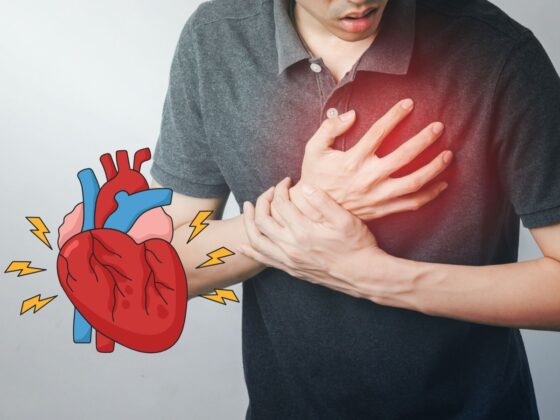The Indian Council of Medical Research (ICMR) on Thursday said that large proportion of the population is susceptible to COVID-19 and infection can spread. However, India has not reached the community transmission phase. The ICRM said this on the basis of sero-surveillance to monitor the trend of SARS-CoV-2 infection transmission.
Here’s all you need to know about the survey:
What is serological survey?
- Blood samples collected from general population and tested for IgG antibodies
- If a person is IgG positive, it means they were infected with SARS-CoV-2 in the past
Serosurveys are expected to answer the following questions
- What percentage of the general population has been infected by the virus?
- Who are at higher risk of getting infection?
- Which are the areas where containment efforts need to be strengthened?
Serosurvey for COVID
- ICMR conducted the first serosurvey in May 2020
- In collaboration with state health departments, NCDC, and WHO India
Serosurvey had 2 parts
- PART I: Estimate fraction of population who has been infected with SARSCoV-2 in general population (COMPLETED)
- PART II: Estimate fraction of population who has been infected with SARSCoV-2 in containment zones of hotspot cities (ONGOING)
Data and blood sample collection
- Data collection
- Socio-demographic details
- History of respiratory symptoms
- Written informed consent and ethics clearance
- Blood sample collection
- 3-5 ml of blood sample
- Laboratory investigations
- Sera tested for IgG antibodies, infection using COVID KAVACH ELISA
PART I: Population based serosurvey in districts
- Districts into four groups based on number of reported COVID-19 cases (incidence)
Zero cases - Low incidence
- Medium incidence
- High incidence
- Selected minimum 15 districts from each group
- 400 individuals from each district
- Selected 10 villages/urban wards randomly
- From each village/ward, enrolled 40 adults
- Only one adult enrolled from each household
Results
- 0.73% of the population in these districts had evidence of past exposure to SARSCoV-2
- Lockdown/containment has been successful in keeping it low & preventing rapid spread
- However, it means that a large proportion of the population is still susceptible
- Risk is higher in Urban (1.09); Urban Slums (1.89) times higher than rural areas
- Infection fatality rate is very low 0.08%
- Infection in containment zones were found to be high with significant variations (still ongoing)
Conclusion: Way forward…
- Since, large proportion of the population is susceptible and infection can spread
- Non Pharmacological Interventions such as physical distancing, use of face mask/cover, hand hygiene, cough etiquette must be followed strictly
- Urban slums highly vulnerable for the spread of infection
- Local lockdown measures need to continue as already advised by GOI
- High risk groups: Elderly, chronic morbidities, pregnant women & children less 10 years of age need to be protected
- Efforts to limit the scale and spread of the disease will have to be continued by strong implementation of containment strategies by the states
- The states cannot lower their guard & need to keep on implementing effective surveillance and containment strategies
Recent Posts
- Amid Shortage Of Bed For COVID-19 Patients, Private Hospitals Offer ‘Home Treatment’
- “Unfortunately Covid-19 Patients Are Being Considered As An Outcast Or Social Stigma. Even In The Colonies Where So-Called Educated People Are Living”
-
Genes Relevant To Development Of Brain Tumors Identified Via New Technique











